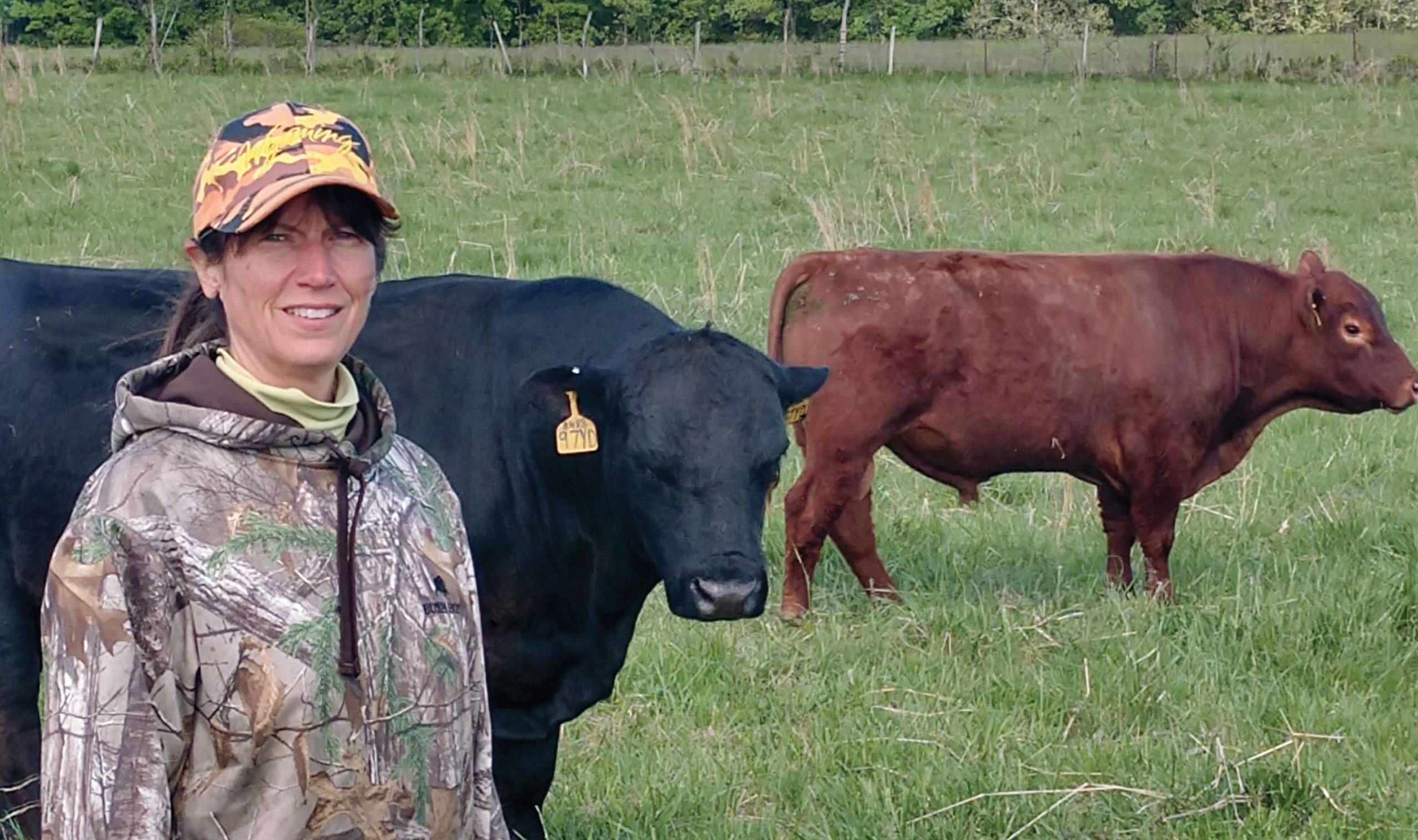 With a rifle scope mounted on a tripod, Gary Routh watches over his cattle from the comfort of his Dallas County home. Gary and his wife of 52 years, Barbara, have lived on their 160-acre farm near Buffalo, Mo., for 26 years.
With a rifle scope mounted on a tripod, Gary Routh watches over his cattle from the comfort of his Dallas County home. Gary and his wife of 52 years, Barbara, have lived on their 160-acre farm near Buffalo, Mo., for 26 years.
They have run a “cow calf operation ever since we’ve been on the farm,” Gary said, but added, “We are going to change our system. I’m trying to work it out right now.”
With family scattered across the country, the Rouths want to do some traveling. “My intention is to get out of the cow/calf business and just feed steers. It has been my experience that cattle are very high when the grass turns green in the spring. In the fall, generally the price will come off.” So Gary intends to “pick up several head of feeder calves in the fall, feed them through the winter months, and sell them all in the spring. Then travel.”
That’s the plan on the drawing board, but for now Gary and Barbara are managing 42 head of mostly Gelbvieh cattle. “We are about 90 percent Gelbvieh,” Gary said. Over the years the Rouths have tried different bulls, including Santa Gertrudis, Charolais, Angus and Limousin, but “in the last five or six years, I’ve settled on Gelbvieh because of their temperament,” Gary explained, “and on these last couple of bulls, we haven’t had to go out at midnight and pull a calf.”
Gary acknowledged that “some bulls tend to throw big calves and some throw small, in the same breed. But we have had better luck with Gelbvieh than anything we’ve dealt with.”
He always buys a registered bull and “that is the only animal ever brought onto the place. I do not bring in cattle. I don’t like to bring in the possibility of disease, and I don’t want somebody else’s culls.” With the exception of the bull, every animal on the Routh farm was born there.
Until the last 10 or 12 years, Gary worked off the farm. “By occupation I am an aircraft mechanic and Barbara is a legal secretary. We were farming while I was working. When I quit working commercially, I worked on airplanes here on the farm.” That explains the air strip running through the farm.
Gary’s advice for young farmers is something they’ve probably heard more than once, but bears repeating. “Do not go too fast,” he said. “Buy one piece of equipment you can afford and maintain. Next year buy something else. Don’t go deep into debt.”
Being able to maintain your equipment is a valuable tool for a farmer. Gary said, “A young person, in this day and time, needs to take any vocational/technical training they can get.”
The Rouths moved into their current home on Dec. 23, 1983. “The day we moved in, the temperature was 20 or 30 degrees that night.”
When they got up the next morning, “there was a man and his brother-in-law, that lives down the road, parked in my driveway. He said he had a whole truckload of wood and wanted to know if I could use it to keep warm till I had a chance to cut wood. That’s the kind of neighbors I have.”
When it comes to a good neighbor on his Ozarks farm, Gary said, “That’s just one example. I could probably give 50.”







